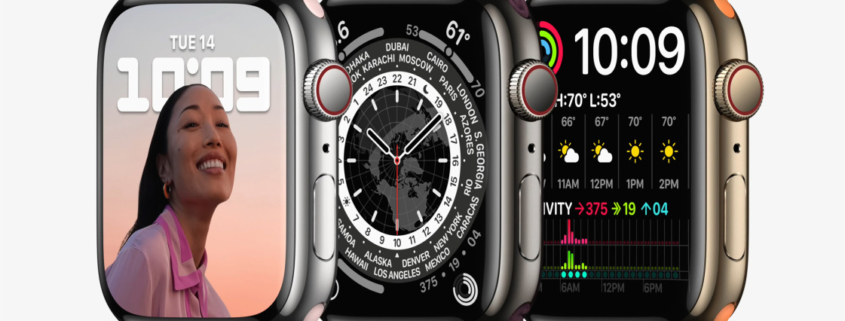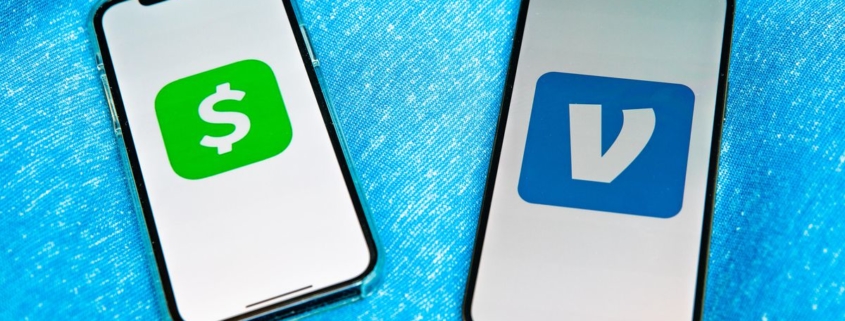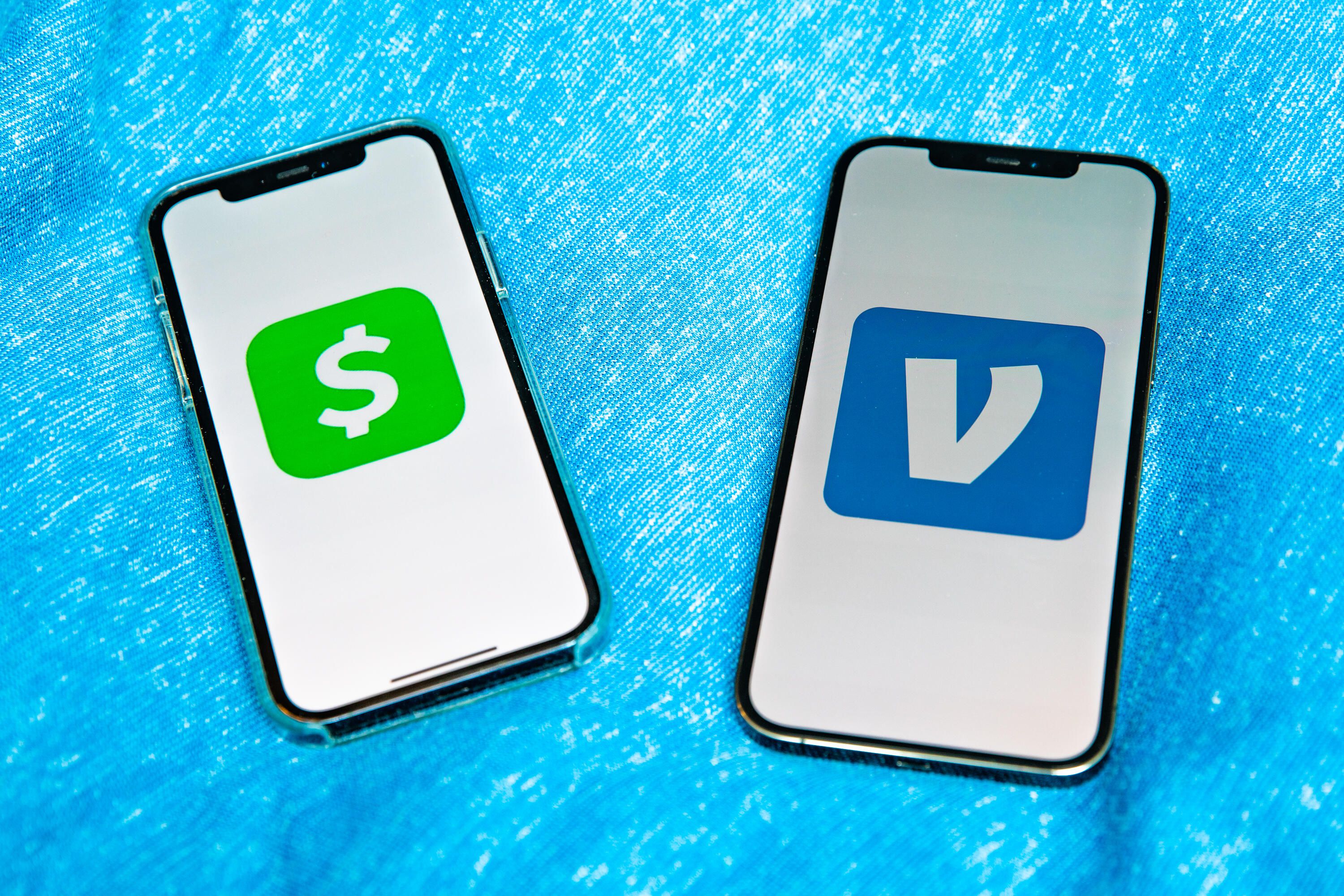Apple Watch Series 7 Pre-Orders Start Oct. 8
When Apple announced its next-generation smartwatch last month, it left out one detail: an availability date. Now, that mystery is solved.
Today, Cupertino announced plans to open pre-orders for the Apple Watch Series 7 this Friday, Oct. 8. In-store availability will follow on Friday, Oct. 15.

Left to right: Apple Watch Series 3, Series 6, Series 7
Starting at $399, the Series 7 offers 20% more screen area than the Series 6 and a 40% slimmer bezel. That equates to a watch with similar dimensions as its predecessor, but more display real estate, Apple says. Its screen is also 70% brighter indoors when your wrist is down, which should come in handy for checking the time.
This is also the first Apple Watch with an IP6X certification, meaning it’s now totally dustproof for improved durability.
It promises the same 18-hour battery life as the Series 6, but charges 33% faster. Just 45 minutes of charging will take the watch from dead to 80% battery life. And eight minutes on the charger offers eight hours of juice for overnight sleep tracking.

The Series 7 in midnight, starlight, green, blue, and Product Red aluminum
The Series 7 will be available in aluminum and stainless steel, in 41mm and 45mm sizes. The aluminum version comes in midnight, starlight, green, a new blue tone, or Product Red color options. The stainless steel version will be available in gold, silver, or graphite.
As a more affordable alternative, the company plans to continue selling the Series 3 for $199 and the Watch SE for $279.
Stay tuned for PCMag’s full review of the Series 7. In the meantime, if you’re wondering how it stacks up to the Watch SE and Series 3, check out: Should You Upgrade to the Series 7? Apple Watch Models Compared. To find out how it compares to Samsung’s latest smartwatch, check out: Apple Watch Series 7 vs. Samsung Galaxy Watch4: Which Smartwatch Is Best for You?
Apple Fan?
Sign up for our Weekly Apple Brief for the latest news, reviews, tips, and more delivered right to your inbox.
This newsletter may contain advertising, deals, or affiliate links. Subscribing to a newsletter indicates your consent to our Terms of Use and Privacy Policy. You may unsubscribe from the…





